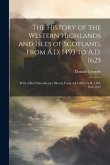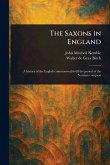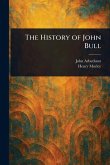Delve into the captivating world of "Waifs and Strays of Celtic Tradition. Argyllshire Series. No. 5," authored by John Gregorson Campbell. This meticulously prepared print edition preserves the rich folklore and clan traditions of the Scottish Highlands, particularly focusing on the unique cultural tapestry of Argyllshire. Campbell's collection offers a treasure trove of tales that reflect the enduring spirit and vibrant heritage of the Western Highlands and Islands. Each story unfolds the intricate customs and beliefs that have shaped the lives of the Celtic people, showcasing themes of nature, community, and mythology. As readers journey through these evocative narratives, they will gain a deeper appreciation for Scotland's history, folklore, and social dynamics. This work stands as a testament to the oral traditions and the enduring legacy of the Highlands, making it an invaluable resource for anyone interested in history, culture, and the timeless tales that have been passed down through generations. Perfect for enthusiasts of folklore and mythology, "Waifs and Strays of Celtic Tradition" invites you to explore the enchanting stories that continue to resonate within the heart of Scotland. This work has been selected by scholars as being culturally important, and is part of the knowledge base of civilization as we know it. This work is in the public domain in the United States of America, and possibly other nations. Within the United States, you may freely copy and distribute this work, as no entity (individual or corporate) has a copyright on the body of the work. Scholars believe, and we concur, that this work is important enough to be preserved, reproduced, and made generally available to the public. We appreciate your support of the preservation process, and thank you for being an important part of keeping this knowledge alive and relevant.
Bitte wählen Sie Ihr Anliegen aus.
Rechnungen
Retourenschein anfordern
Bestellstatus
Storno









